

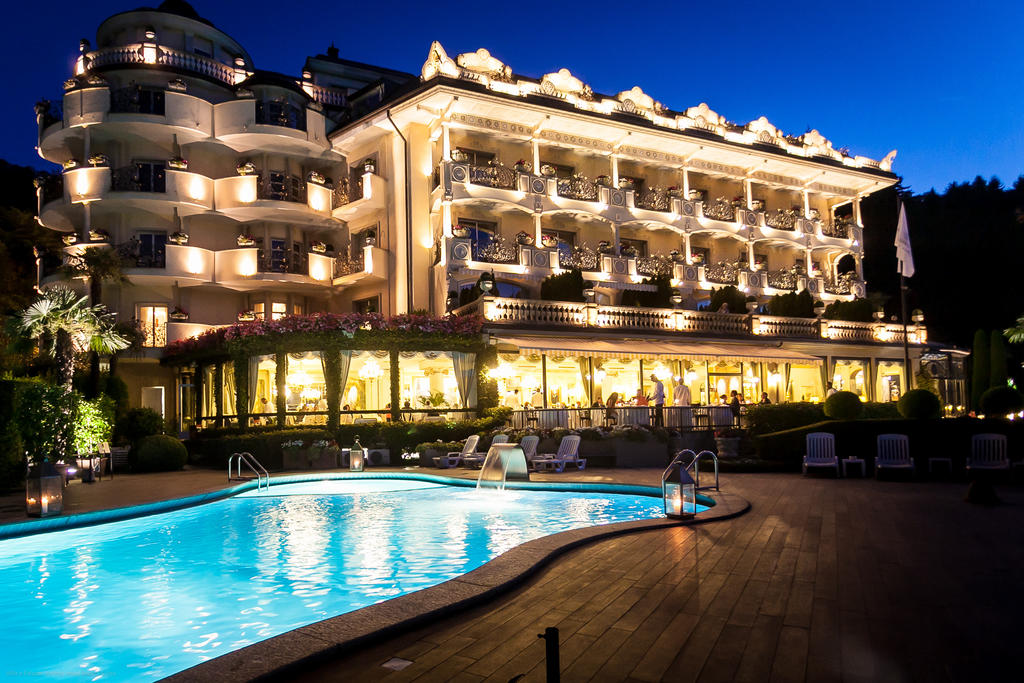



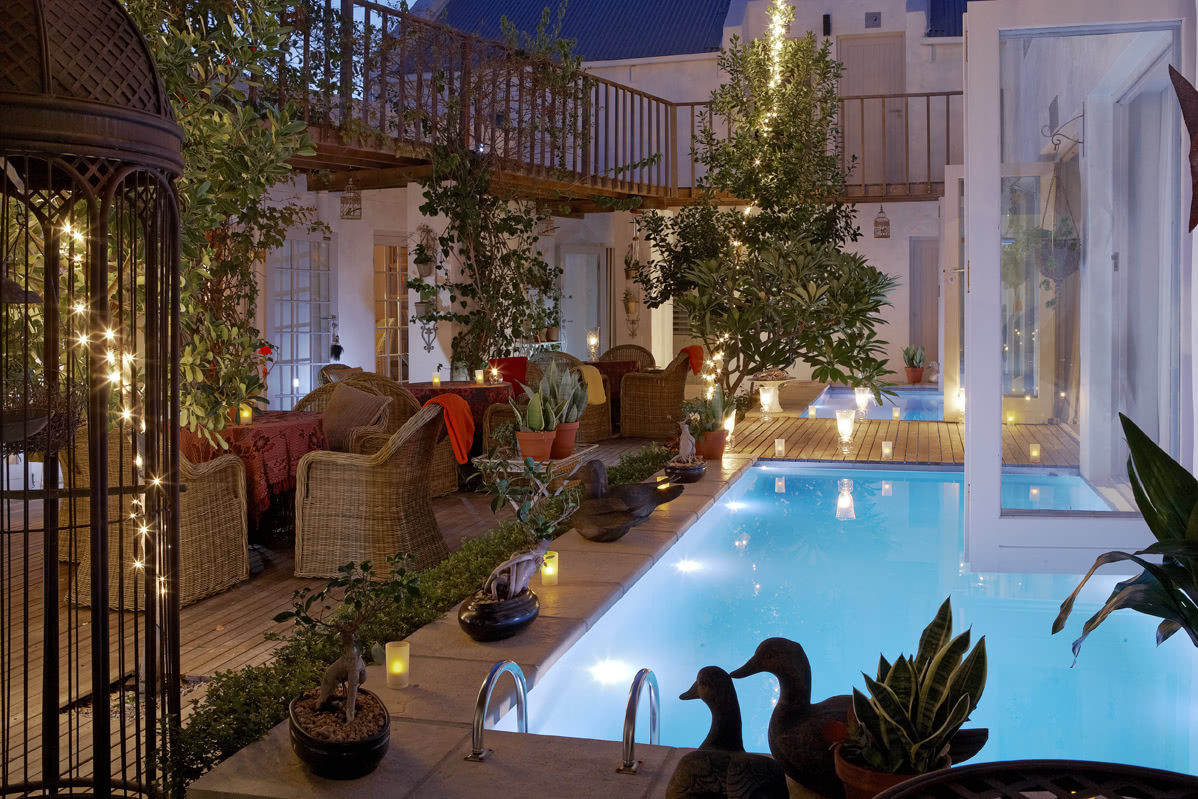
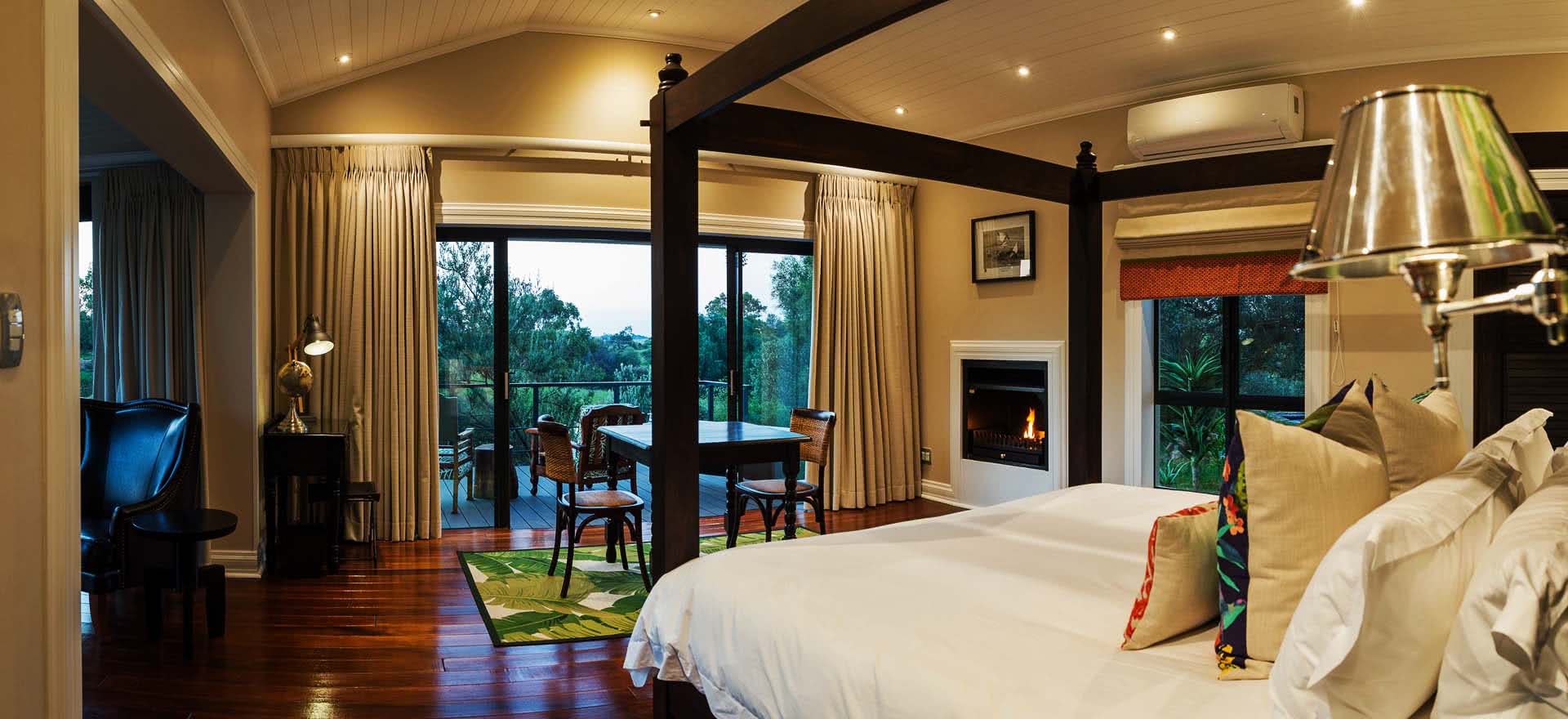
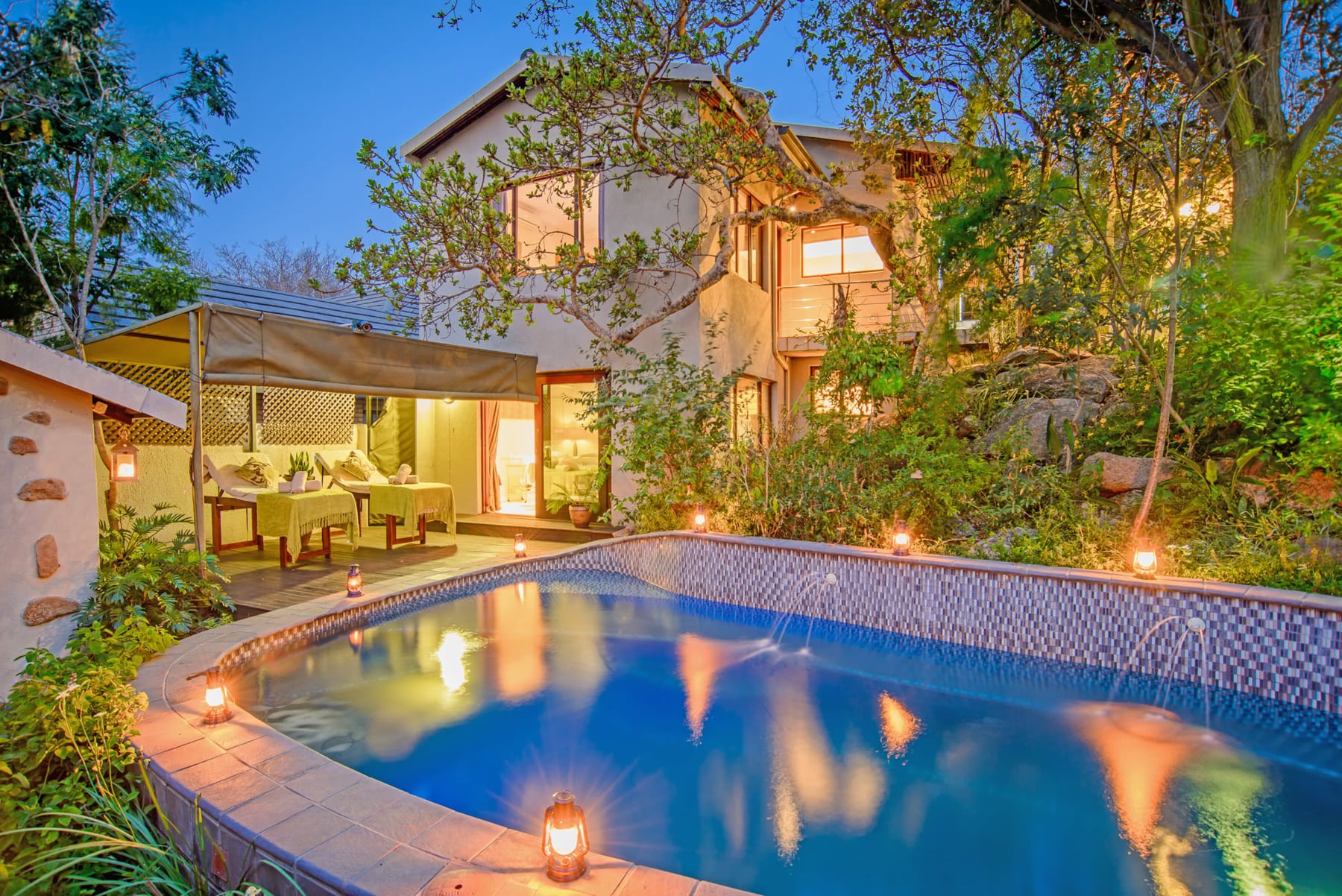




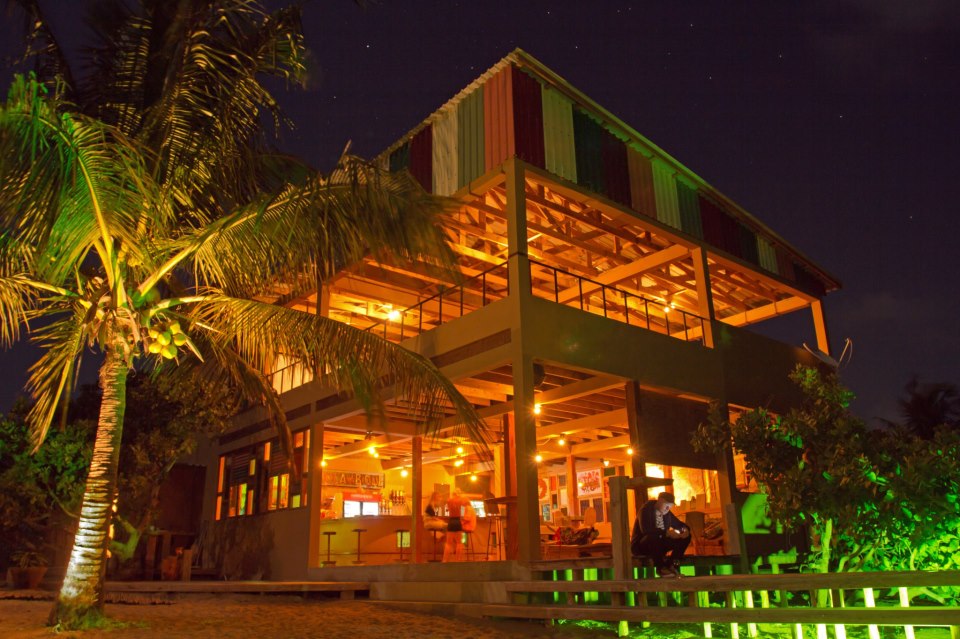




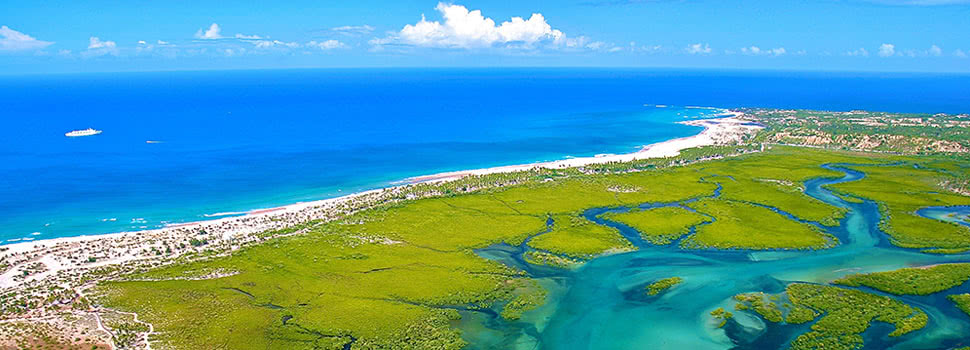
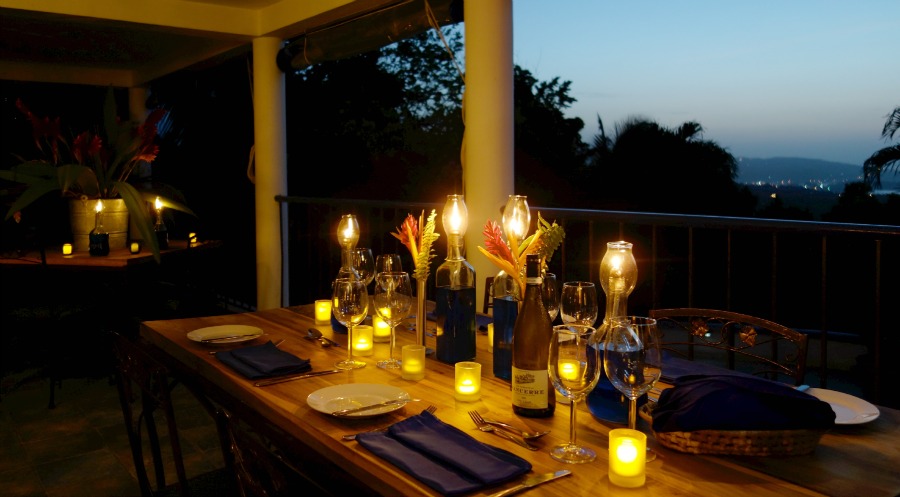



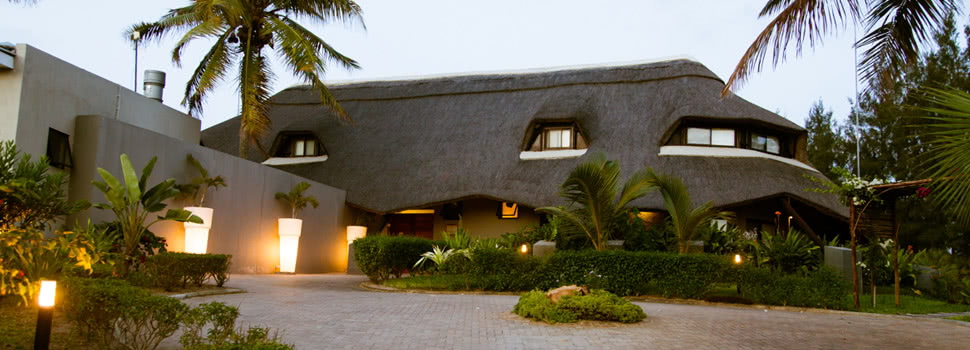



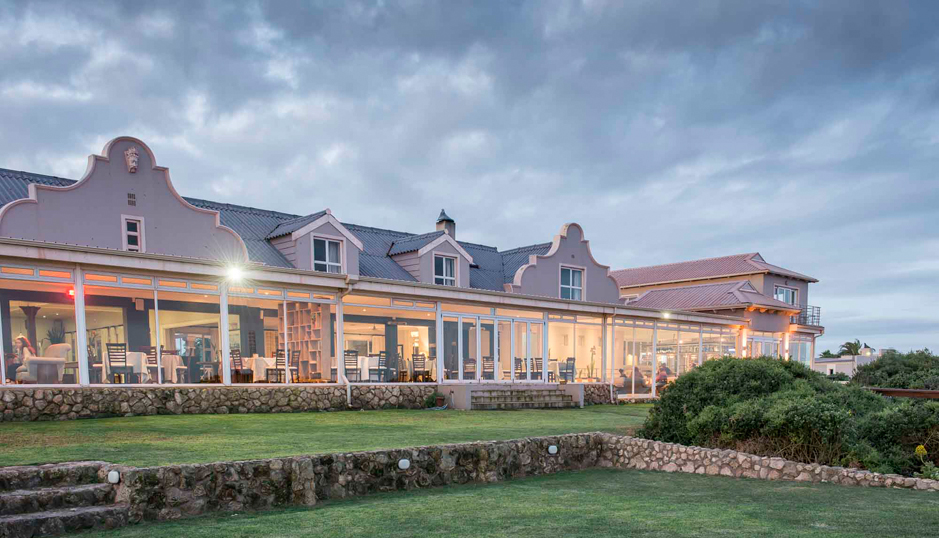


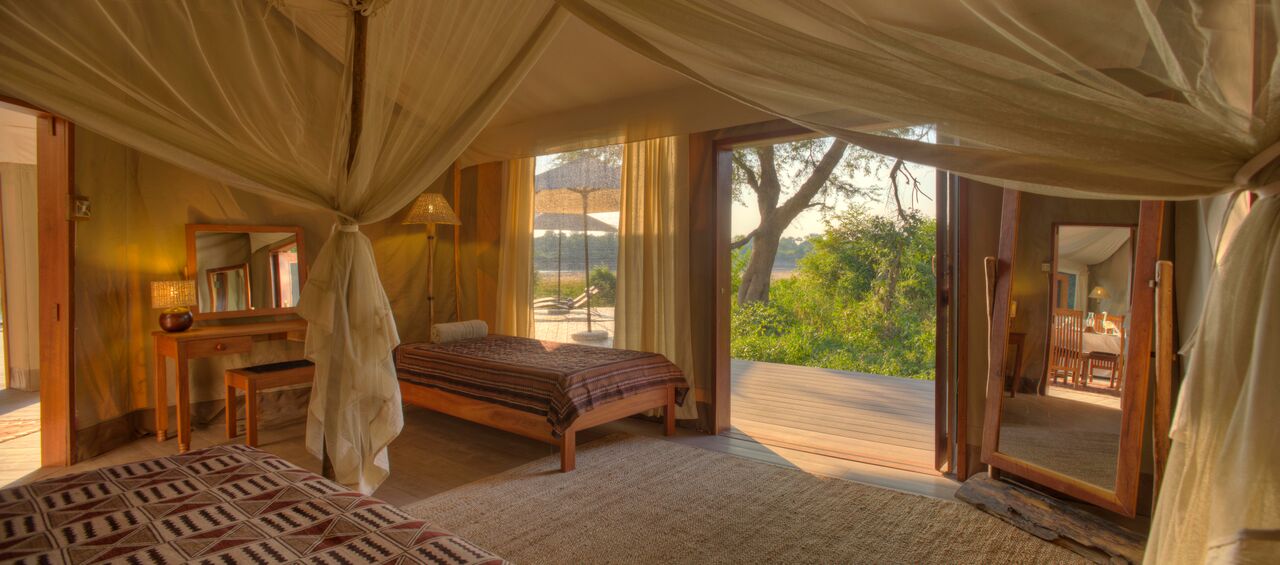


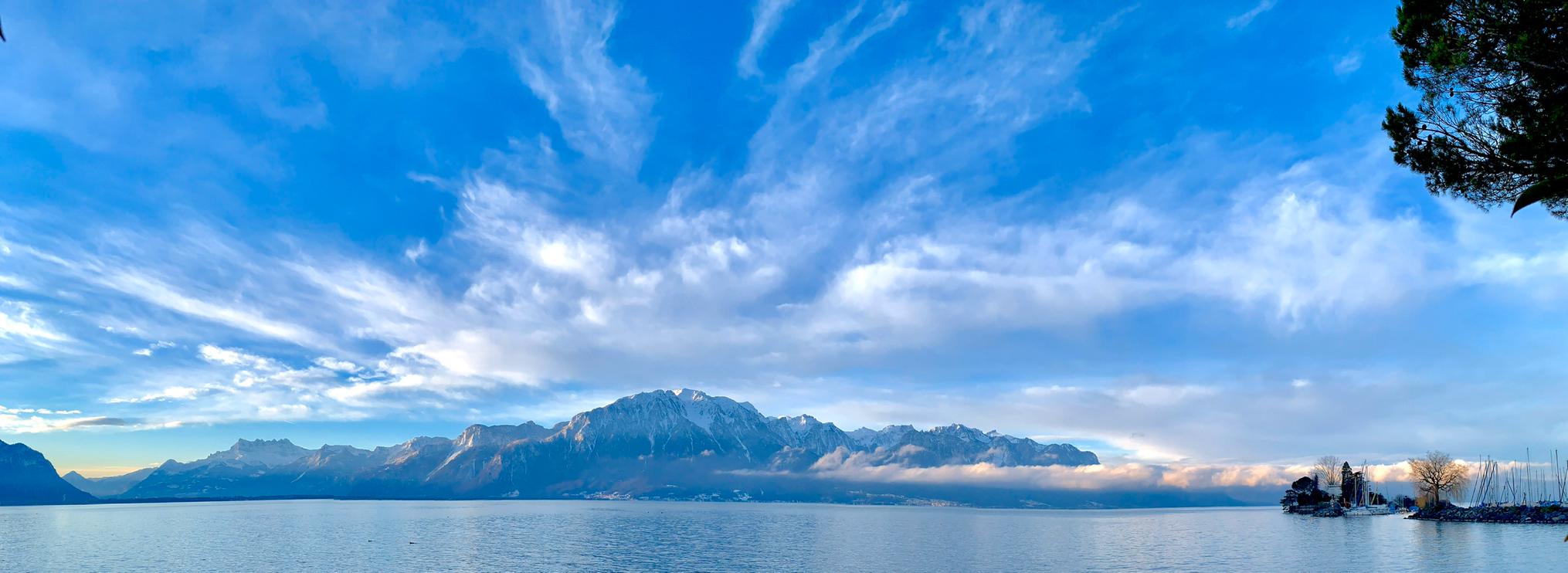


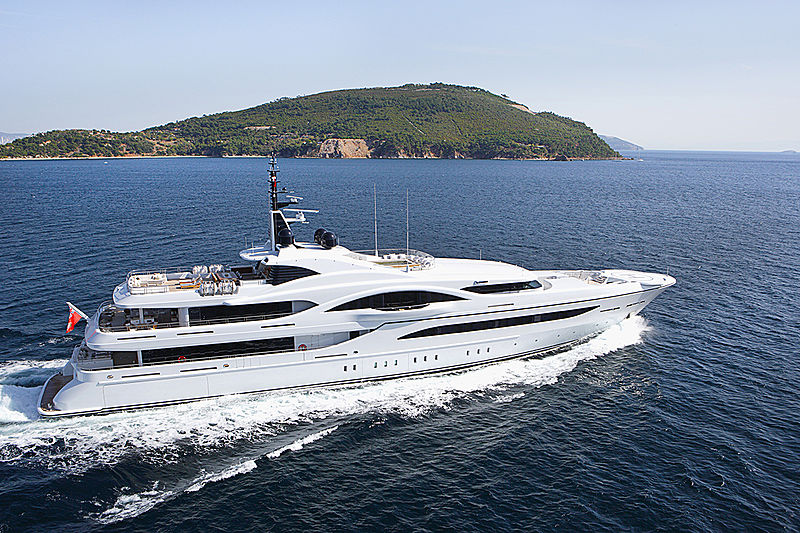














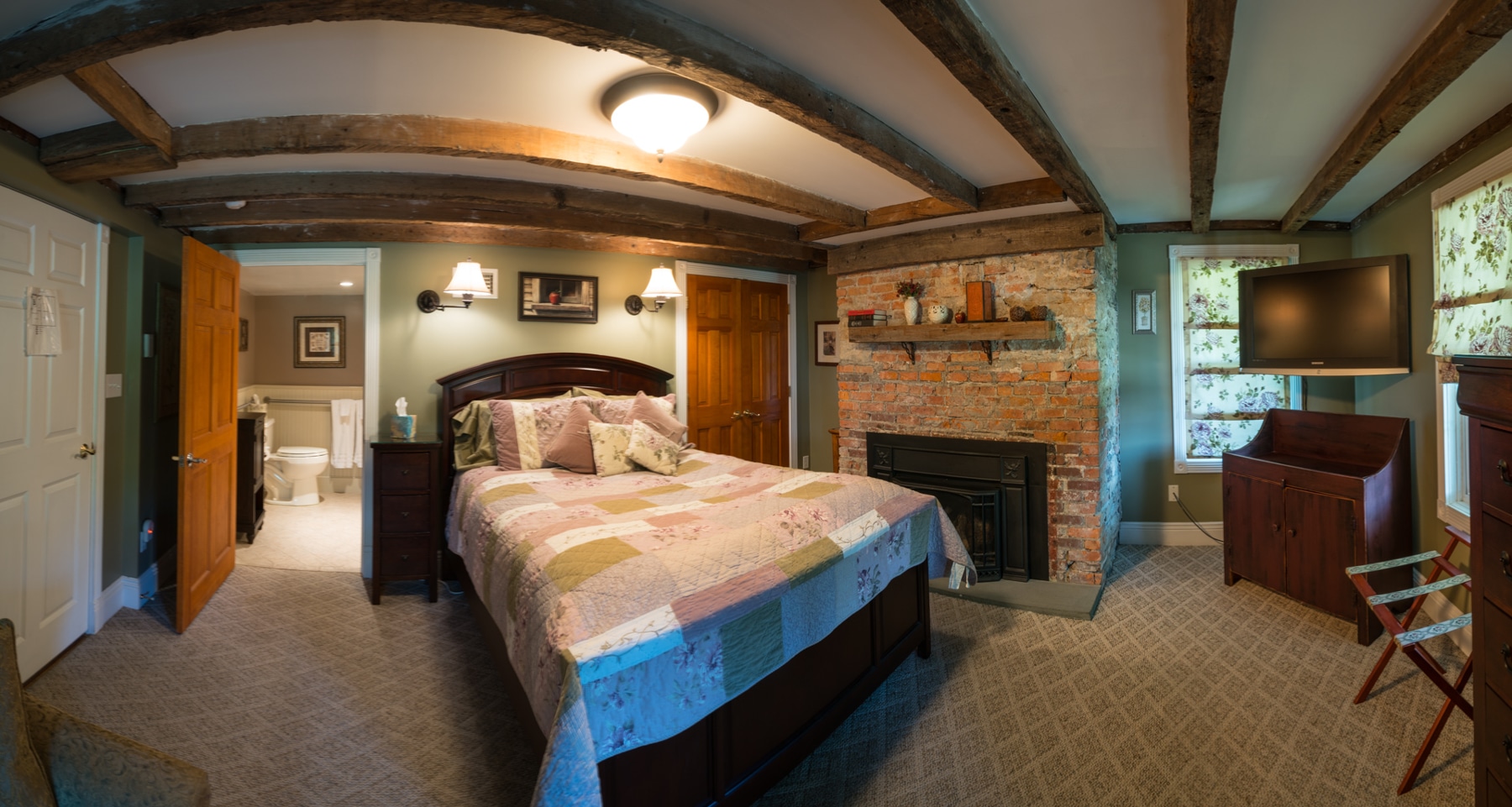






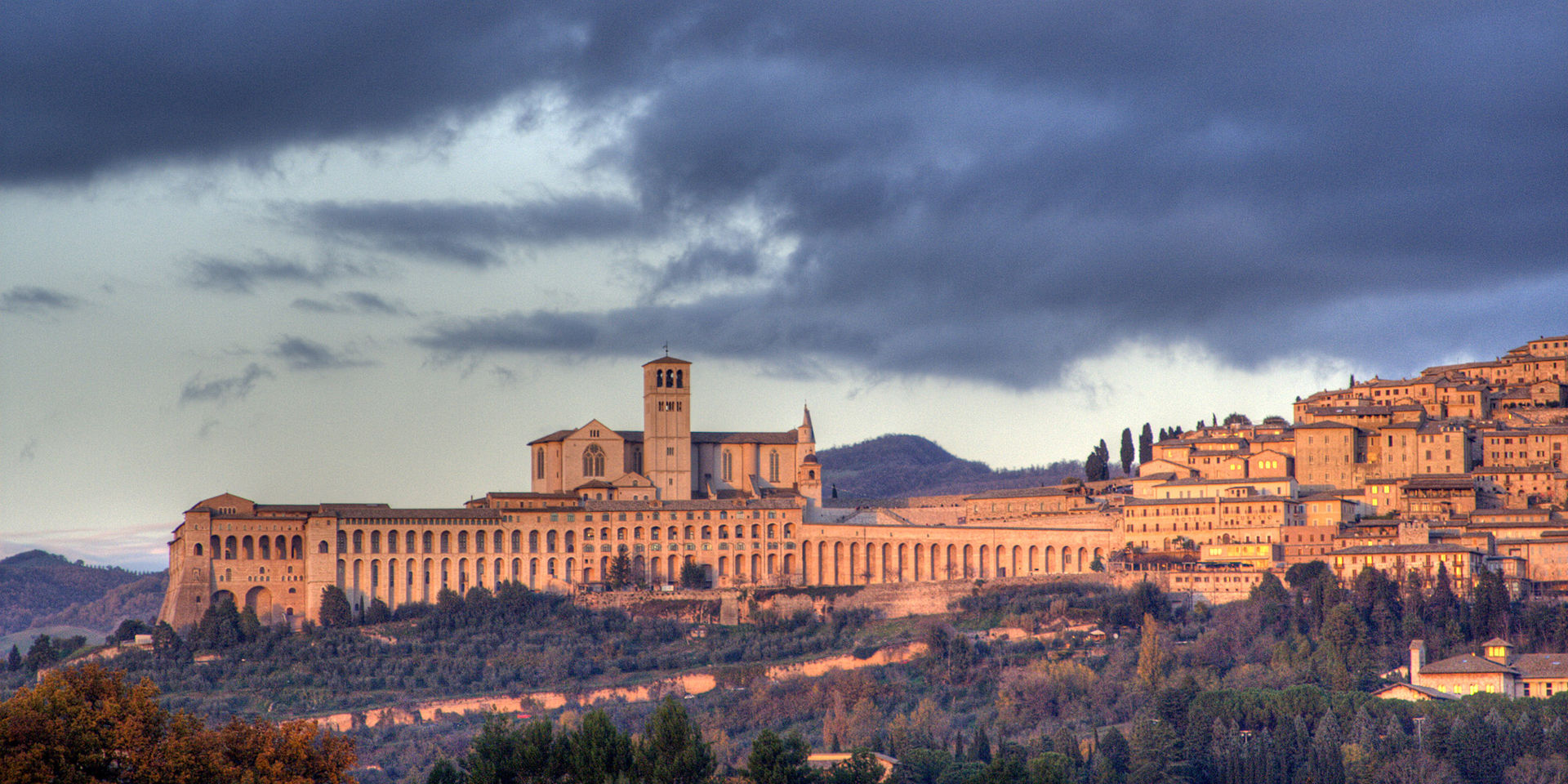
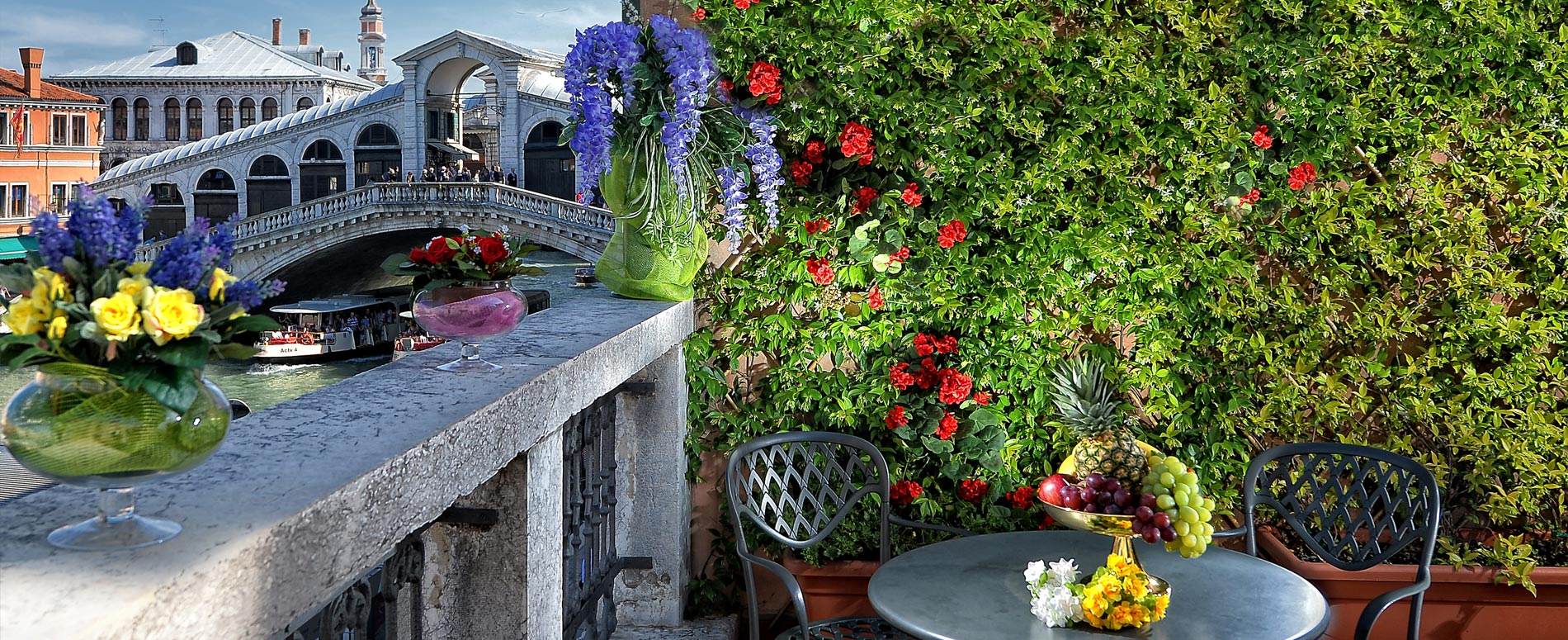






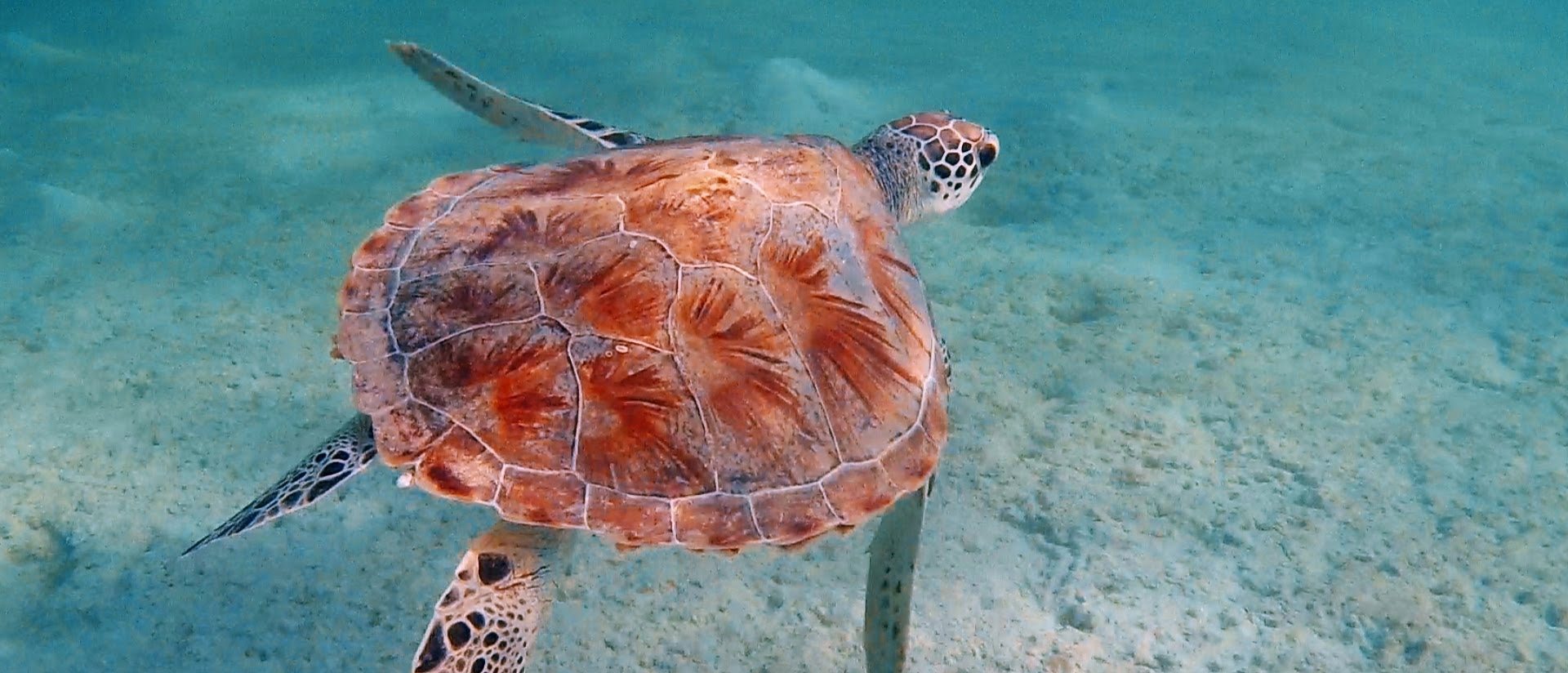

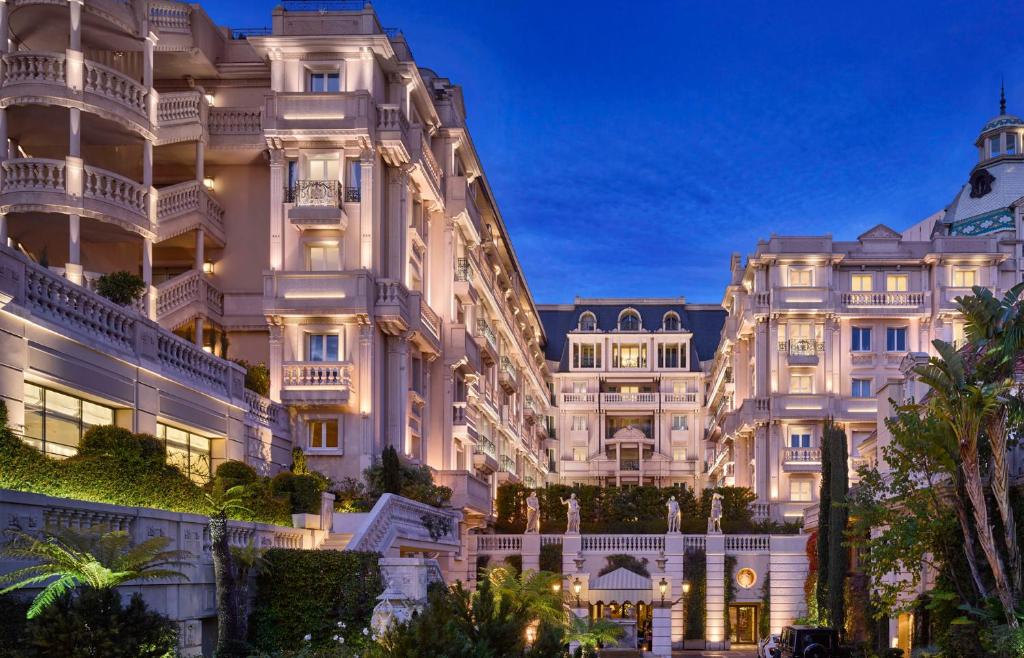

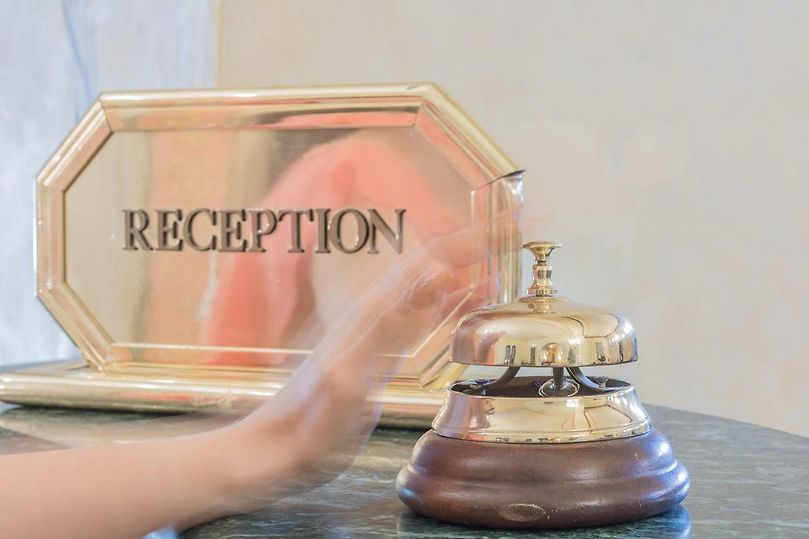

Taujenai village, Ukmerge, Lithuania
Agent: Cliff Jacobs - Managing Principal Estate Agent & CEO (Nat.Dpl.Hotel Man (UJ). M.P.R.E.)
Agent Cellphone: +27 (0) 84 413 1071 / +27 (0) 61 716 6951
Agent Office Number: +27 (0) 84 413 1071
Agent Email Address: cliff@exquisitehotelconsultants.com
Type: Heritage Boutique Hotel
Bedrooms: 160
Bathrooms: 160
Showers: 160
Parking: 200
Yield: Not Disclosed
TGCSA Rating:

Taujėnai
Taujėnai is a town in the municipality of Ukmergė district , near the old road Ukmergė - Panevėžys . Eldership and Eldership Center. St. Taujėnai is standing . Church of the Exaltation of the Cross (since 1858 ), preserved Taujėnai manor homestead with classicist palace (18th century) and park, active Taujėnai secondary school , library, post office (LT-20054), town community (since 2002 ), standing Monument to the decade of Lithuanian independence (built in 1928 , rebuilt in 1989 ).
Mūšia (the right tributary of Šventosija ) and its tributary Giedrė flow through the town , and the Taujėnai pond is located there . Taujėnai forests to the west of the town .
Etymology
In the old documents, the surnames of noblemen Taujanskii (Taujėniškii) are found, but it is difficult to say exactly whether the town was named after the landlords or vice versa.
History
Taujėnai manor has been mentioned since 1595 . From the 18th century middle Taujėnai is known as a town. 19th century a magnificent palace was built in 1858 - Church of Taujėnai.
17th century at the end of the year, a parish school was operating in Taujėnai. in 1776 the town is given the privilege of a market and trade fairs. In 1790, Taujėni was destroyed by fire. 19th century Taujėnai was a village and manor in Vilkmergė county, the center of the township.
Since 1865 there was a boys' office in 1868. - girls' primary schools. in 1895 established post office. in 1928 the town had 7 stores (5 owned by Jews), a pub, and 3 wool carders. in 1936 there were 15 Jewish homes, a school. in 1941 in August-September, the Jews of Taujėnai were killed in Pivonia forest.
In the post-war years, Lithuanian partisans of the Vytis district and the Briedios partisans team were active in the area.
In 1955 - 1993, Taujėnai was the central settlement of the horticulture council farm. Since 1992, The newspaper "Tēviškelė" is published in Taujėnai .
in 2005 March 21 The coat of arms of Taujėnai was approved by presidential decree.
Ukmergė district municipality
Geography
The eastern part of the district is in the Aukštaičiai highlands (height up to 223 m, near Karališkii ), the middle and southern part - in the Western Aukštaičiai plateau, and the west - in the Nevėžio lowlands . The lowest place (42 m) is in the Šventoji valley (on the border of the Jonava district).
Šventoji flows through the district with its left tributary Siesartim . 30 lakes in Telkš ( lakes of the Ukmergė district ; the largest are Lėnas , Žirnai , Siesika , Veprii ), 2 ponds. Forest coverage - 29.5%. The largest forests are Taujėnai , Siesika , Šešuoli , Viliuk . Mixed forests are typical, there are pine forests, spruce forests, and aspen forests. There is a part of the ichthyological reserve of Šventoji, the entomological reserve of Dukstyna, and the landscape reserve of Aukštuolii.
The average temperature in January is -5.3 °C, in July +17.5 °C. The average annual rainfall is 636 mm. The average thickness of the snow cover is 20 cm.
History
The district was established in 1950 . June 20 from 27 precincts of the former Ukmergė county and the city of Ukmergė . 1950 - 1953 _ belonged to the Vilnius region . in 1955 the 9 precincts of the abolished Smėlio district were transferred to him. in 1962 Širvintos district , 3 precincts of Anykščiai district and 5 precincts of Kaunas district are connected to the district ; meanwhile, 2 neighborhoods were transferred to Vilnius district and 1 to Molėtai district . in 1965 7 neighborhoods and Širvintoswas transferred to the newly formed Širvintos district , 2 neighborhoods were transferred to the newly formed Jonava district , the district boundaries were changed. The boundaries were slightly changed in 1985.
In 1995 the municipality of Ukmergė district, subordinate to Vilnius county, was established . in 2009 March 5 municipal council decision no. 7-50 established 66 elders.
Lithuania
Lithuania, officially the Republic of Lithuania, is a country in the Baltic region of Europe. It is one of three Baltic states and lies on the eastern shore of the Baltic Sea. Lithuania shares land borders with Latvia to the north, Belarus to the east and south, Poland to the south, and Russia to the southwest. It has a maritime border with Sweden to the west on the Baltic Sea. Lithuania covers an area of 65,300 km2 (25,200 sq mi), with a population of 2.8 million. Its capital and largest city is Vilnius; other major cities are Kaunas and Klaipėda. Lithuanians belong to the ethno-linguistic group of the Balts and speak Lithuanian, one of only a few living Baltic languages.
For millennia the southeastern shores of the Baltic Sea were inhabited by various Baltic tribes. In the 1230s, Lithuanian lands were united by Mindaugas, becoming king and founding the Kingdom of Lithuania on 6 July 1253. In the 14th century, the Grand Duchy of Lithuania was the largest country in Europe; present-day Lithuania, Belarus, most of Ukraine, and parts of Poland and Russia were all lands of the Grand Duchy. The Crown of the Kingdom of Poland and the Grand Duchy of Lithuania were in a de facto personal union from 1386 with the marriage of the Polish queen Hedwig and Lithuania's Grand Duke Jogaila, who was crowned King jure uxoris Władysław II Jagiełło of Poland. The Commonwealth of Poland and Lithuania was established by the Union of Lublin in July 1569. The Commonwealth lasted more than two centuries, until neighbouring countries dismantled it in 1772–1795, with the Russian Empire annexing most of Lithuania's territory. As World War I ended, Lithuania's Act of Independence was signed on 16 February 1918, founding the modern Republic of Lithuania. In World War II, Lithuania was occupied first by the Soviet Union and then by Nazi Germany. Towards the end of the war in 1944, when the Germans were retreating, the Soviet Union reoccupied Lithuania. Lithuanian armed resistance to the Soviet occupation lasted until the early 1950s. On 11 March 1990, a year before the formal dissolution of the Soviet Union, Lithuania passed the Act of the Re-Establishment of the State of Lithuania, becoming the first Soviet republic to break away when it proclaimed the restoration of its independence.
Lithuania is a developed country, with a high income advanced economy; ranking very high in the Human Development Index. It ranks favourably in terms of civil liberties, press freedom, internet freedom, democratic governance, and peacefulness. Lithuania is a member of the European Union, the Council of Europe, eurozone, the Nordic Investment Bank, Schengen Agreement, NATO and OECD. It also participates in the Nordic-Baltic Eight (NB8) regional co-operation format.
The first known record of the name of Lithuania (Lithuanian: Lietuva) is in a 9 March 1009 story of Saint Bruno in the Quedlinburg Chronicle. The Chronicle recorded a Latinized form of the name Lietuva: Litua (pronounced [litua]). Due to the lack of reliable evidence, the true meaning of the name is unknown. Nowadays, scholars still debate the meaning of the word and there are a few plausible versions.
Since Lietuva has a suffix (-uva), the original word should have no suffix. A likely candidate is Lietā. Because many Baltic ethnonyms originated from hydronyms, linguists have searched for its origin among local hydronyms. Usually, such names evolved through the following process: hydronym → toponym → ethnonym. Lietava, a small river not far from Kernavė, the core area of the early Lithuanian state and a possible first capital of the eventual Grand Duchy of Lithuania, is usually credited as the source of the name. However, the river is very small and some find it improbable that such a small and local object could have lent its name to an entire nation. On the other hand, such naming is not unprecedented in world history.
Artūras Dubonis proposed another hypothesis, that Lietuva relates to the word leičiai (plural of leitis). From the middle of the 13th century, leičiai were a distinct warrior social group of the Lithuanian society subordinate to the Lithuanian ruler or the state itself. The word leičiai is used in the 14–16th century historical sources as an ethnonym for Lithuanians (but not Samogitians) and is still used, usually poetically.
Etymology
The first known record of the name of Lithuania (Lithuanian: Lietuva) is in a 9 March 1009 story of Saint Bruno in the Quedlinburg Chronicle. The Chronicle recorded a Latinized form of the name Lietuva: Litua (pronounced [litua]). Due to the lack of reliable evidence, the true meaning of the name is unknown. Nowadays, scholars still debate the meaning of the word and there are a few plausible versions.
Since Lietuva has a suffix (-uva), the original word should have no suffix. A likely candidate is Lietā. Because many Baltic ethnonyms originated from hydronyms, linguists have searched for its origin among local hydronyms. Usually, such names evolved through the following process: hydronym → toponym → ethnonym. Lietava, a small river not far from Kernavė, the core area of the early Lithuanian state and a possible first capital of the eventual Grand Duchy of Lithuania, is usually credited as the source of the name. However, the river is very small and some find it improbable that such a small and local object could have lent its name to an entire nation. On the other hand, such naming is not unprecedented in world history.
Artūras Dubonis proposed another hypothesis, that Lietuva relates to the word leičiai (plural of leitis). From the middle of the 13th century, leičiai were a distinct warrior social group of the Lithuanian society subordinate to the Lithuanian ruler or the state itself. The word leičiai is used in the 14–16th century historical sources as an ethnonym for Lithuanians (but not Samogitians) and is still used, usually poetically or in historical contexts, in the Latvian language, which is closely related to Lithuanian.
History
The first people settled in the territory of Lithuania after the last glacial period in the 10th millennium BC: Kunda, Neman and Narva cultures. They were traveling hunters and did not form stable settlements. In the 8th millennium BC, the climate became much warmer, and forests developed. The inhabitants of what is now Lithuania then travelled less and engaged in local hunting, gathering and fresh-water fishing. Agriculture did not emerge until the 3rd millennium BC due to a harsh climate and terrain and a lack of suitable tools to cultivate the land. Crafts and trade also started to form at this time. Over a millennium, the Indo-Europeans, who arrived in the 3rd – 2nd millennium BC, mixed with the local population and formed various Baltic tribes.
The Baltic tribes did not maintain close cultural or political contacts with the Roman Empire, but they did maintain trade contacts (see Amber Road). Tacitus, in his study Germania, described the Aesti people, inhabitants of the south-eastern Baltic Sea shores who were probably Balts, around the year 97 AD. The Western Balts differentiated and became known to outside chroniclers first. Ptolemy in the 2nd century AD knew of the Galindians and Yotvingians, and early medieval chroniclers mentioned Old Prussians, Curonians and Semigallians.
The Lithuanian language is considered to be very conservative for its close connection to Indo-European roots. It is believed to have differentiated from the Latvian language, the most closely related existing language, around the 7th century. Traditional Lithuanian pagan customs and mythology, with many archaic elements, were long preserved. Rulers' bodies were cremated up until the conversion to Christianity: the descriptions of the cremation ceremonies of the grand dukes Algirdas and Kęstutis have survived.
Grand Duchy of Lithuania
From the 9th to the 11th centuries, coastal Balts were subjected to raids by the Vikings, and the kings of Denmark collected tribute at times. During the 10–11th centuries, Lithuanian territories were among the lands paying tribute to Kievan Rus', and Yaroslav the Wise was among the Ruthenian rulers who invaded Lithuania (from 1040). From the mid-12th century, it was the Lithuanians who were invading Ruthenian territories. In 1183, Polotsk and Pskov were ravaged, and even the distant and powerful Novgorod Republic was repeatedly threatened by the excursions from the emerging Lithuanian war machine toward the end of the 12th century.
From the late 12th century, an organized Lithuanian military force existed; it was used for external raids, plundering and the gathering of slaves. Such military and pecuniary activities fostered social differentiation and triggered a struggle for power in Lithuania. This initiated the formation of early statehood, from which the Grand Duchy of Lithuania developed. The disparate Lithuanian tribes along the Nemunas were united into the Lithuanian state by 1219, at the latest. The only Lithuanian Roman Catholic king, Mindaugas, was baptised as a Roman Catholic in 1251 and crowned as King of Lithuania on 6 July 1253.
After his assassination in 1263, pagan Lithuania was a target of the Christian crusades of the Teutonic Knights and the Livonian Order. The siege of Pilėnai is noted for the Lithuanians' defense against the intruders. Despite the devastating century-long struggle with the Orders, the Grand Duchy of Lithuania expanded rapidly, overtaking former Ruthenian principalities of Kievan Rus'.
On 22 September 1236, the Battle of Saulė between Samogitians and the Livonian Brothers of the Sword took place close to Šiauliai. The Livonian Brothers were defeated during it and their further conquest of the Balts lands were stopped. The battle inspired rebellions among the Curonians, Semigallians, Selonians, Oeselians, tribes previously conquered by the Sword-Brothers. Some thirty years' worth of conquests on the left bank of Daugava were lost. In 2000, the Lithuanian and Latvian parliaments declared 22 September to be the Day of Baltic Unity.
According to the legend, Grand Duke Gediminas was once hunting near the Vilnia River; tired after the successful hunt, he settled in for the night and dreamed of a huge Iron Wolf standing on top a hill and howling as strong and loud as a hundred wolves. Krivis (pagan priest) Lizdeika interpreted the dream that the Iron Wolf represents Vilnius Castles. Gediminas, obeying the will of the gods, built the city and gave it the name Vilnius – from the stream of the Vilnia River.
In 1362 or 1363, Grand Duke Algirdas achieved a decisive victory in the Battle of Blue Waters against the Golden Horde and stopped its further expansion in the present-day Ukraine. The victory brought the city of Kyiv and a large part of present-day Ukraine, including sparsely populated Podolia and Dykra, under the control of the expanding Grand Duchy of Lithuania. After taking Kyiv, Lithuania became a direct neighbor and rival of the Grand Duchy of Moscow.
By the end of the 14th century, Lithuania was one of the largest countries in Europe and included present-day Belarus, Ukraine, and parts of Poland and Russia. The geopolitical situation between the west and the east determined the multicultural and multi-confessional character of the Grand Duchy of Lithuania. The ruling elite practised religious tolerance and the Chancery Slavonic language was used as an auxiliary language to Latin for official documents.
In 1385, the Grand Duke Jogaila accepted Poland's offer to become its king. Jogaila embarked on gradual Christianization of Lithuania and established a personal union between Poland and Lithuania. Lithuania was one of the last pagan areas of Europe to adopt Christianity. While territories to the north had been Christianized in 1186 by Western merchants and missionaries who formed the Order of the Brothers and the Sword to spread Christianity through military organization, the Lithuanians had defeated the Order's militant efforts in 1236.
After two civil wars, Vytautas the Great became the Grand Duke of Lithuania in 1392. During his reign, Lithuania reached the peak of its territorial expansion, centralization of the state began, and the Lithuanian nobility became increasingly prominent in state politics. In the great Battle of the Vorskla River in 1399, the combined forces of Tokhtamysh and Vytautas were defeated by the Mongols. Thanks to close cooperation, the armies of Lithuania and Poland achieved a victory over the Teutonic Knights in 1410 at the Battle of Grunwald, one of the largest battles of medieval Europe.
In January 1429, at the Congress of Lutsk Vytautas received the title of King of Lithuania with the backing of Sigismund, Holy Roman Emperor, but the envoys who were transporting the crown were stopped by Polish magnates in autumn of 1430. Another crown was sent, but Vytautas died in the Trakai Island Castle several days before it reached Lithuania. He was buried in the Cathedral of Vilnius.
After the deaths of Jogaila and Vytautas, the Lithuanian nobility attempted to break the union between Poland and Lithuania, independently selecting Grand Dukes from the Jagiellon dynasty. But, at the end of the 15th century, Lithuania was forced to seek a closer alliance with Poland when the growing power of the Grand Duchy of Moscow threatened Lithuania's Russian principalities and sparked the Muscovite–Lithuanian Wars and the Livonian War.
On 8 September 1514, the Battle of Orsha between Lithuanians, commanded by the Grand Hetman Konstanty Ostrogski, and Muscovites was fought. According to Rerum Moscoviticarum Commentarii by Sigismund von Herberstein, the primary source for information on the battle, the much smaller army of Poland–Lithuania (under 30,000 men) defeated a force of 80,000 Muscovite soldiers, capturing their camp and commander. The battle destroyed a military alliance against Lithuania and Poland. Thousands of Muscovites were captured as prisoners and used as labourers in the Lithuanian manors, while Konstanty Ostrogski delivered the captured Muscovite flags to the Cathedral of Vilnius.
The Livonian War was ceased for ten years with a Truce of Yam-Zapolsky signed on 15 January 1582 according to which the already Polish–Lithuanian Commonwealth recovered Livonia, Polotsk and Velizh, but transferred Velikiye Luki to the Tsardom of Russia. The truce was extended for twenty years in 1600, when a diplomatic mission to Moscow led by Lew Sapieha concluded negotiations with Tsar Boris Godunov.The truce was broken when the Poles invaded Muscovy in 1605.
Geography
Lithuania is located in the Baltic region of Europe and covers an area of 65,300 km2 (25,200 sq mi).[141] It lies between latitudes 53° and 57° N, and mostly between longitudes 21° and 27° E (part of the Curonian Spit lies west of 21°). It has around 99 kilometres (61.5 mi) of sandy coastline, only about 38 kilometres (24 mi) of which face the open Baltic Sea, less than the other two Baltic states. The rest of the coast is sheltered by the Curonian sand peninsula. Lithuania's major warm-water port, Klaipėda, lies at the narrow mouth of the Curonian Lagoon (Lithuanian: Kuršių marios), a shallow lagoon extending south to Kaliningrad. The country's main and largest river, the Nemunas River, and some of its tributaries carry international shipping.
Lithuania lies at the edge of the North European Plain. Its landscape was smoothed by the glaciers of the last ice age, and is a combination of moderate lowlands and highlands. Its highest point is Aukštojas Hill at 294 metres (965 ft) in the eastern part of the country. The terrain features numerous lakes (Lake Vištytis, for example) and wetlands, and a mixed forest zone covers over 33% of the country. Drūkšiai is the largest, Tauragnas is the deepest and Asveja is the longest lake in Lithuania.
After a re-estimation of the boundaries of the continent of Europe in 1989, Jean-George Affholder, a scientist at the Institut Géographique National (French National Geographic Institute), determined that the geographic centre of Europe was in Lithuania, at 54°54′N 25°19′E, 26 kilometres (16 mi) north of Lithuania's capital city of Vilnius. Affholder accomplished this by calculating the centre of gravity of the geometrical figure of Europe.
Climate
Lithuania has a temperate climate with both maritime and continental influences. It is defined as humid continental (Dfb) under the Köppen climate classification (but is close to oceanic in a narrow coastal zone).
Average temperatures on the coast are −2.5 °C (27.5 °F) in January and 16 °C (61 °F) in July. In Vilnius the average temperatures are −6 °C (21 °F) in January and 17 °C (63 °F) in July. During the summer, 20 °C (68 °F) is common during the day while 14 °C (57 °F) is common at night; in the past, temperatures have reached as high as 30 or 35 °C (86 or 95 °F). Some winters can be very cold. −20 °C (−4 °F) occurs almost every winter. Winter extremes are −34 °C (−29 °F) in coastal areas and −43 °C (−45 °F) in the east of Lithuania.
The average annual precipitation is 800 mm (31.5 in) on the coast, 900 mm (35.4 in) in the Samogitia highlands and 600 mm (23.6 in) in the eastern part of the country. Snow occurs every year, it can snow from October to April. In some years sleet can fall in September or May. The growing season lasts 202 days in the western part of the country and 169 days in the eastern part. Severe storms are rare in the eastern part of Lithuania but common in the coastal areas.
The longest records of measured temperature in the Baltic area cover about 250 years. The data show warm periods during the latter half of the 18th century, and that the 19th century was a relatively cool period. An early 20th-century warming culminated in the 1930s, followed by a smaller cooling that lasted until the 1960s. A warming trend has persisted since then.[143]
Lithuania experienced a drought in 2002, causing forest and peat bog fires.
Economy
Lithuania has an open and mixed economy that is classified as high-income economy by the World Bank. According to data from 2016, the three largest sectors in Lithuanian economy are – services (68.3% of GDP), industry (28.5%) and agriculture (3.3%). World Economic Forum's Global Competitiveness Report ranks Lithuania 41st (of 137 ranked countries).
Lithuania joined NATO in 2004, EU in 2004, Schengen in 2007 and OECD in 2018.
On 1 January 2015, the euro became the national currency, replacing litas at the rate of EUR 1.00 = LTL 3.45280.
Agricultural products and food comprise 18.3% of exports; other major sectors include chemical products and plastics (17.8%), machinery and appliances (15.8%), mineral products (14.7%), wood and furniture (12.5%). According to data from 2016, more than half of all Lithuanian exports go to 7 countries including Russia (14%), Latvia (9.9%), Poland (9.1%), Germany (7.7%), Estonia (5.3%), Sweden (4.8%) and United Kingdom (4.3%). Exports equaled 81.31 percent of Lithuania's GDP in 2017.
Lithuanian GDP experienced very high real growth rates for decade up to 2009, peaking at 11.1% in 2007. As a result, the country was often termed as a Baltic Tiger. However, in 2009 due to a global financial crisis marked experienced a drastic decline – GDP contracted by 14.9% and unemployment rate reached 17.8% in 2010. After the decline of 2009, Lithuanian annual economic growth has been much slower compared to pre-2009 years. According to IMF, financial conditions are conducive to growth and financial soundness indicators remain strong. The public debt ratio in 2016 fell to 40 percent of GDP, to compare with 42.7 in 2015 (before global finance crisis – 15 percent of GDP in 2008).
Tourism
Statistics from 2016 showed that 1.49 million tourists from foreign countries visited Lithuania and spent at least one night in the country. The largest number of tourists came from Germany (174,800), Belarus (171,900), Russia (150,600), Poland (148,400), Latvia (134,400), Ukraine (84,000), and the UK (58,200).
The total contribution of Travel & Tourism to country GDP was €2,005.5 million, 5.3% of GDP in 2016, and is forecast to rise by 7.3% in 2017, and to rise by 4.2% pa to €3,243.5 million, 6.7% of GDP in 2027. Hot air ballooning is very popular in Lithuania, especially in Vilnius and Trakai. Bicycle tourism is growing, especially in Lithuanian Seaside Cycle Route. EuroVelo routes EV10, EV11, EV13 go through Lithuania. Total length of bicycle tracks amounts to 3769 km (of which 1988 km is asphalt pavement).
Nemunas Delta Regional Park and Žuvintas biosphere reserve are known for birdwatching.
Domestic tourism has been on the rise as well. Currently there are up to 1000 places of attraction in Lithuania. Most tourists visit the big cities—Vilnius, Klaipėda, and Kaunas, seaside resorts, such as Neringa, Palanga, and Spa towns – Druskininkai, Birštonas.
Factsheet by the owner
Sale of the estate
The manor is for sale with a manor hotel, a chestnut, and a barn. The manor guest house has rooms for 160 guests.
The estate is on the plot of 12.66 hectares.
Built-up area - 2.06 ha.
Pools and the stream - 2.78 ha.
Manor building - 2'230 sq.m.
Conference room - 200 guests
Banquet halls - 500 guests
14 Manor Apartments (34 guests).
Restaurant, Orangerie, Cigar and Hunting Trophy Room.
Guest House - 1'745 sq.m. It has beds for 140 guests.
Banquet hall (can accommodate up to 30 people).
Barn Theater - other cultural events.
Outdoor Stage - Concert Hall - 900 sq.m. (can accommodate up to 2000 guests).
Development Opportunities
______________________________________________________
About us
Our Manor is a place where the spirit of old times, combined with modern aesthetics, invites you to relax and enjoy cozy holidays. We offer you respite in the park, where peacocks, goats, alpacas and other animals are waiting, and for those who stay longer, we also offer excursions, hall rental, catering, accommodation and holiday organization services, and we always ensure pleasant service.
The history of nobles has not disappeared. Now it's your and your guests' turn.
The Beginning
The manor has been mentioned since the 16th century. Second half: 18th century at the end of the 20th century, the manor and its surroundings were ruled by Count Benediktas Marikonis. He in 1785 married Marija Radvilaitė and received the old manor as his wife's dowry.
Radvilas
In the 19th century, the Radvilas took over the manor. The manor belonged to the Radvils until the Soviet era.
Architecture
A breath of Italy in Lithuania.
Benediktas Marikonis according to the project of the Italian architect Pietro de Rossi in 1802. built a classicist-style palace and planted an English-style park.
Facades
The front facade of the palace faces south. The portico consists of six equidistant Tuscan columns.
Details
The decorative bands of the building are decorated with bas-reliefs - some of them are heraldic, others depict crafts.
Interior
Fresh, cosy and universal luxury. Spaces are changing, and the style bar remains high.
Halls
Fluttering curtain tapestries and sky-high ceilings in the Grand (230 sq.m.) and Gražioja (150 sq.m.) halls of the manor create a feeling of luxury and sophisticated parties.
Arts
The art of the white fireplace amazes with its white marble fireplace, while the fireplace of the most ornate wooden fireplace is decorated with a wooden, carved decoration. An authentic brick fragment and antique furniture have been left in the historical art wall.
Details
Carefully restored classic furniture, authentic patterns and picture frames - everything here echoes the character of the Radvilas.
Activities
Excursions - Get to know our Manor
Manor Tours
The guide tells the history of the manor, shows the arts, halls, apartments.
Guided Tour of the Estate
Individual walk around the park.
Manor Tour, with a feast
The guide tells the history of the manor, shows the halls, arts, apartments and ends the tour in the cafe premises at a prepared table with pre-ordered meals: coffee / tea / manor cake.
Extended tour
With a guide around the manor and the barn.
The guide tells the history of the manor, shows the halls, arts, apartments, tells about the park, economic activities of the manor, introduces the history of the barn, shows the museum exhibits, the collection of old agricultural implements and lets you walk around the menagerie and the park on your own.
Theatrical excursion
With Duke Konstantin Radvila*
It's a fun, witty manor story with games and attractions. The guide always shows the premises of the manor according to the possibility, i.e. vacant halls where banquets or other events are not held.
Golf
Take the opportunity to try one of the most prestigious games in the world - golf - at the Manor. A game that does not require additional skills, balanced between mini and professional golf conditions, will be great fun for everyone.
It is called GOLFink and is suitable for both children and seniors. This fun 2 hour duration session will provide concentration, sports excitement and good mood. If you haven't done it yet, we'll walk you through the rules and etiquette, and the game is great for one-on-one play, as well as in groups of up to 5 people, family, friends or colleagues.
We'll provide all the necessary equipment, so all you need is comfortable clothing and an adventurous spirit.
You can enjoy this entertainment in our manor whenever the ground is not covered with snow. Players can use the terrace of the house next to the pitch with outdoor furniture and a barbecue.
Park
Our manor's park covers an area of about 15 ha. Here you can walk along historical tracks, visit a mini-zoo, a stone park, visit a pasture, enter the only three-story wooden building in Lithuania - a barn, admire flower gardens, ponds and avenues of trees.
Spa
We invite you to relax and feel new experiences with massage master Monika - a professional massage therapist, artist, inspirer of a conscious life.
I follow the rule "in a healthy body, in a healthy soul", because only a person who takes care of his body and mind can feel the joy of fulfillment in himself.
I always encourage a person to pay attention to health disorders sent to him. I dare you to dig deep into what caused the pain and not be afraid to find ways to solve problems in a way that is acceptable to him. Self-awareness helps us to free ourselves from the habits of our personality, the invented boundary lines that drive us into a dead end - only by walking the path of awareness do we have the opportunity to be ourselves and gain the wisdom to understand another.
Massage helps you feel calm and get to know yourself better. With its help, it is possible to reduce muscle and psycho-emotional tension, stimulate blood and lymph circulation, which helps speed up the activity of sweat and sebaceous glands. During the massage, keratinized epidermal cells are removed from the surface of the body, the skin breathes better, becomes more elastic, smoother. All this gives a healthy person a sense of freshness and increases work efficiency, while a relaxing massage reduces pain and fatigue for a sick person. Regularly performed procedures improve attentiveness, the activity of the digestive tract, and strengthen the nervous system.
You can't cook shakoti at home!
You can do this with your own hands at the education of the founders of "Kamile šakotina" at the Manor.
In about 1.5 hours you will learn the secrets of shakotis baking and you will contribute to the production process yourself, and the most important thing is that a company of up to 30 people can enjoy "bobele on a spit" together.
Holiday offers
Our Manor invites you to celebrate within the walls that witnessed the life of the Radvils.
We will take care of all organisational issues — room rental, accommodation, food, decorations. We can also recommend the hosts of the event, and all you have to do is enjoy a wonderful celebration with your loved ones.
Events
Upcoming or ongoing events
Therapeutic event for mothers and children "Peace and creativity.
Seminar for women "How to talk to men so that they hear?" + sauna procedures and activities for children.
Our conference/banqueting halls
The spaces are suitable for conferences, corporate events, personal celebrations, product presentations, etc.
The Great Hall
It is rented together with the Beautiful, Green hall, terrace and has AC conditioning.
The Beautiful Hall
Arts
Chamber art
White Fireplace Art
Art of the Wooden Fireplace
The Balcony Hall
Accommodates: up to 43 persons.
Orangery
The orangery is bright, with large windows to the south, the abundance of plants gives it coziness.
The Vaulted Cellar Hall
During the summer, the coolness of the hall tempts you, and in the winter, the cozy warmth of the fireplace.
The Barn
This is the only three-story wooden barn in Lithuania. On its third floor, a huge 250 sq. m, an original and special space that radiates ancient charm, where you can prepare your celebration. Halls on the first and second floors are a great place to organize folk music concerts and theater performances.
The Park
The 15-hectare park surrounded by a fence is decorated with four ponds, peninsulas formed by the old stream of Mūšia stream, connected by lime trees, old trees that protect the historical grandeur of the park, well-kept lawns and flower beds. Large celebrations and concerts can be organized in the park.
In the central part of the park there is a rotunda - a spacious structure covered with a dome and surrounded by a colonnade - a great place for a scene, a civil registration ceremony. Adjacent to the rotunda is a 1,000 square meter pavilion. It is an ideal place for summer events, concerts, corporate celebrations.
"Pekluže" - in the depth of the park there is an old 19th century. basement where you can have picnics, campfires, barbecues.
Sauna
The sauna is located on the territory of the park. It is a separate building with a private courtyard. The complex consists of a spacious sauna, a hall, and a kitchenette. In the yard you can find a gazebo, a barbecue, a hot tub, a volleyball court and a swimming pool. The option is most suitable for a group of 25-30 people.
Overnight stay
If you are organizing a celebration, we can offer 168 places for your guests to stay overnight. You can spend the night at the manor even if you are not planning a holiday - book an overnight stay alone or with your relatives.
The bedrooms on the second floor of the mansion
On the second floor of the mansion there are three double bedrooms: green, yellow and red. These are rooms with a manor interior, furnished with antique furniture. Rooms - with separate shower and toilet.
Guest house in the Manor
The manor guest house is located above the manor cafe. The guest house has double rooms with double beds, separate shower and toilet, and double rooms - two double rooms with a common hallway and shower and toilet.





























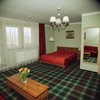










































Cliff Jacobs (Nat Dpl Hotel Man (UJ). MPRE. GA Level 5 TEFL) Managing Principal / CEO Exquisite Hotel Consultants (Pty) Ltd Mobile: +27 (0) 84 413 1071 / +27 (0) 61 716 6951 Email: cliff@exquisitehotelconsultants.com Web: https://www.exquisitehotelconsultants.com © All rights reserved Terms and Conditions apply Scroll down to view our Hospitality Properties and Businesses for sale or lease or lease-to-buy or partnership arrangement or management agreement arrangement.